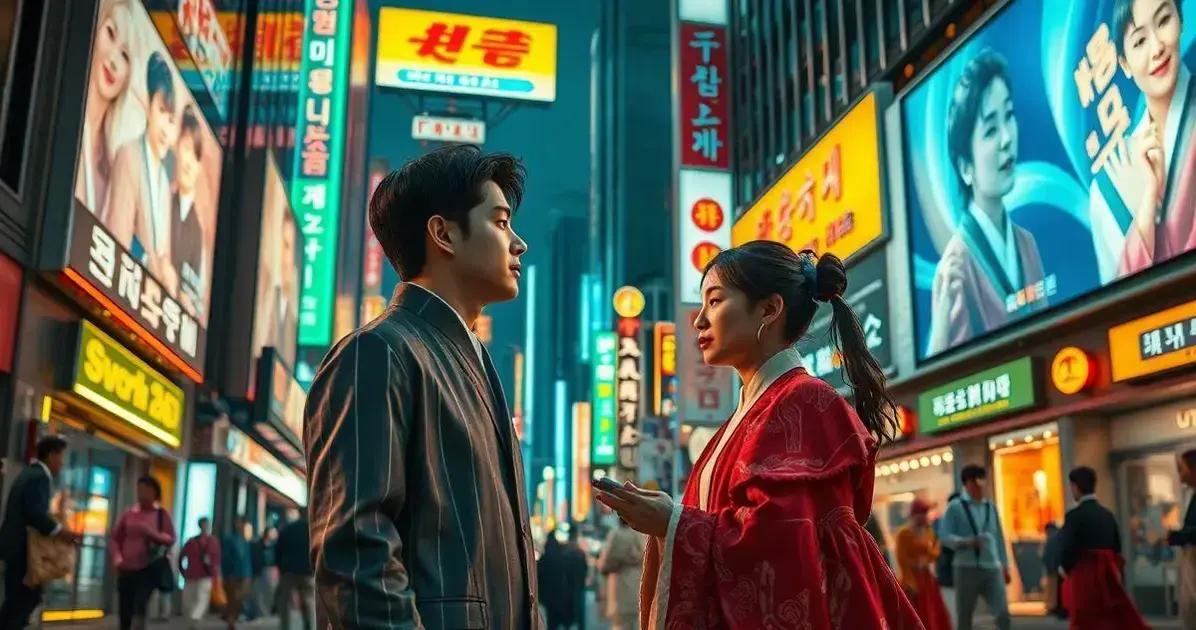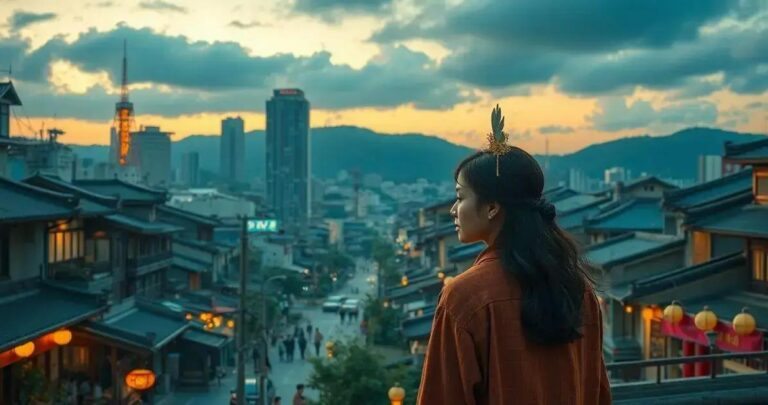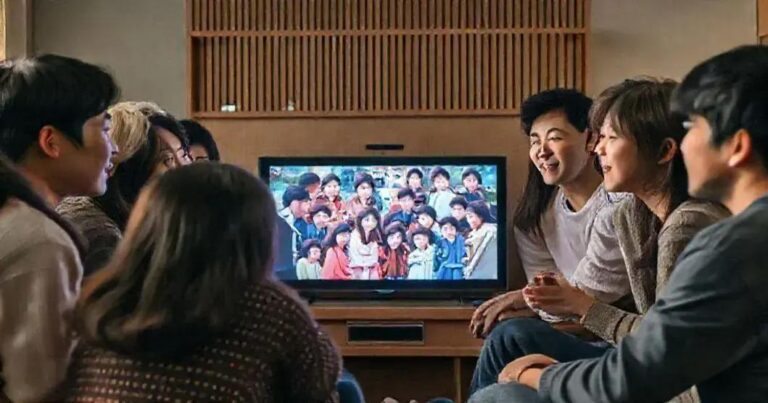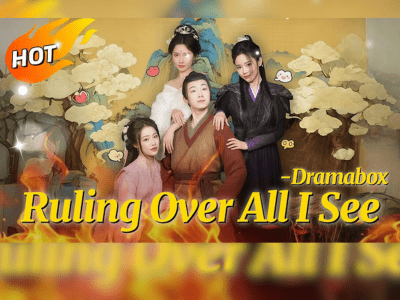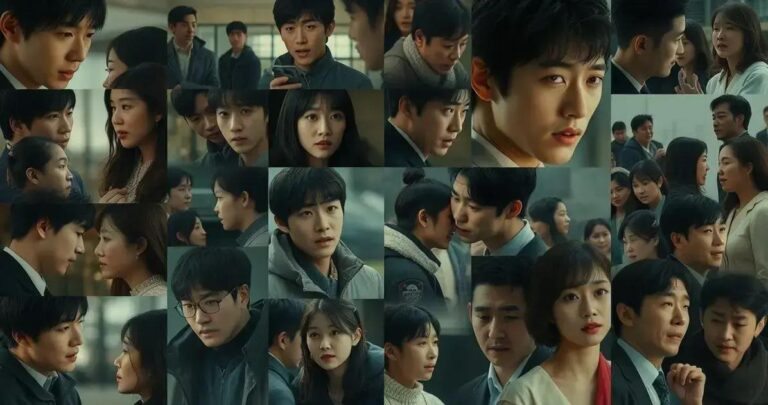Korean Drama Magic: Exploring the Irresistible Charms of K-Drama Worlds
Anúncios
**Korean dramas** have taken the world by storm with their unique storytelling and immersive experiences. Whether you’re a seasoned fan or a newcomer drawn by curiosity, there’s always something fascinating to discover in the world of **K-dramas**. From their distinct history to their cultural impact, these series weave tales that captivate audiences globally. This article explores the magical worlds of **Asian dramas**, guiding you through their evolution, iconic series, and future trends.
History and Evolution of Korean Dramas
The history of Korean dramas dates back to the 1960s with humble beginnings on local television. Early programs often focused on traditional storytelling and cultural narratives, resonating deeply with the Korean audience. As television became a primary form of entertainment, these dramas expanded in both scope and complexity.
In the 1980s and 1990s, technological advancements and increased funding led to higher production quality. The introduction of color broadcasting revolutionized the industry, making dramas visually captivating. The shift from stage-like sets to on-location shooting added authenticity and appeal, drawing larger audiences. The involvement of talented actors and directors during this period laid the foundation for what we recognize today as the modern K-drama.
Expansion and Global Influence
With the new millennium, Korean dramas began gaining international traction, notably with the rise of the “Korean Wave” or Hallyu. This cultural phenomenon saw Korean pop culture, including K-dramas, spread across Asia and eventually to the West. Series like “Winter Sonata” and “Dae Jang Geum” played pivotal roles in attracting international fans, tapping into universal themes of love, family, and resilience.
Advancements in streaming technology have further propelled Korean dramas into the global spotlight. Platforms such as Netflix and Viki have made these captivating stories readily accessible worldwide, contributing to their vast popularity. The global demand for authentic storytelling and diverse characters continues to grow, ensuring that K-dramas remain a staple of international pop culture.
The Evolution Continues
Today’s Korean dramas are known for their high-quality production, unique plotlines, and ability to tackle complex social issues while maintaining viewer interest. They have become a powerful tool for cultural exchange and understanding, showcasing Korea’s rich heritage and modern societal dynamics. With evolving trends, the future of Korean dramas promises even more innovation and global influence.
Top K-Drama Series You Can’t Miss

When it comes to **unforgettable K-dramas**, certain series stand out for their storytelling and emotional depth. “Crash Landing on You” is a fan-favorite, combining romance and drama in the story of a South Korean heiress and a North Korean officer. The chemistry between the leads is electric, making it a must-watch.
Another incredible series is “Goblin”. It blends fantasy with heartfelt moments, narrating the life of an immortal goblin seeking his human bride to end his cursed life. The show has stunning visuals and a beautiful soundtrack.
Unforgettable Narratives
“Descendants of the Sun” gained international fame with its story of a soldier and a doctor navigating challenges in a war-torn country. Its blend of action and romance captivated viewers worldwide.
“Itaewon Class” also shook the scene with its theme of entrepreneurship and diversity. The show follows an ex-convict opening a bar to avenge his father’s death, offering a gripping tale of ambition and social justice.
Cult Classics and New Hits
K-drama classics such as “Boys Over Flowers” are timeless. This iconic series brought together romance and comedy, sparking the Hallyu wave globally. More recent successes include “Vincenzo”, which adds a unique twist to the crime genre with its wittiness and engaging plot.
Each of these series has contributed to defining the **K-drama world**. They remain influential due to their innovative storytelling, emotional connections, and ability to entertain and inspire audiences globally.
Cultural Impact of Korean Dramas Worldwide
The global reach of Korean dramas has been profound, influencing viewers far beyond Asia. These dramas introduce international audiences to Korean culture, traditions, and languages, fostering cultural exchange and understanding. By showcasing daily life, food, and social norms, they create a gateway to South Korea’s vibrant culture.
K-dramas have significantly impacted global fashion and beauty trends. The styles and makeup worn by characters often become popular worldwide, leading to increased interest in Korean fashion brands and beauty products. This trend showcases the power of K-dramas in shaping global aesthetics.
Social Influence and Global Dialogues
These dramas tackle important social issues, sparking discussions about topics like mental health, family dynamics, and societal expectations. By addressing these themes, Korean dramas resonate with viewers worldwide, fostering empathy and cultural awareness.
The portrayal of strong, relatable characters allows global audiences to connect emotionally, breaking cultural boundaries. As people explore these stories, they share experiences, thoughts, and emotions, creating a global community united by shared interests.
A Growing International Fanbase
The rise of streaming services has made Korean dramas more accessible, broadening their audience. Platforms like Netflix and YouTube allow fans from various countries to engage with these stories, further cementing their place in the global entertainment landscape.
With fan communities growing on social media, dialogues about episodes and plotlines have become part of the global pop culture discourse. This connectivity further highlights the significant cultural impact of K-dramas on the world stage.
Actors Who Define the K-Drama Industry

Some **actors have shaped the K-drama industry**, gaining fame for their talent and charisma. One such actor is Lee Min-ho, known globally for his roles in “Boys Over Flowers” and “The Heirs.” His presence on screen often leaves a lasting impact, making him a household name among K-drama fans.
Park Seo-joon, with his versatile acting skills, has also defined the industry. Known for roles in “Itaewon Class” and “What’s Wrong with Secretary Kim,” he captivates audiences with his charm and ability to portray diverse characters.
Influential Actresses
Song Hye-kyo is another iconic figure, celebrated for her performances in “Descendants of the Sun” and “Autumn in My Heart.” Her emotional depth and grace bring characters to life, earning her numerous awards and international acclaim.
Jun Ji-hyun, known for “My Love from the Star” and “Legend of the Blue Sea,” has made a significant mark with her unique blend of comedy and drama. Her performances often break viewership records, showcasing her immense popularity.
Rising Stars Shaping the Industry
The industry also boasts rising stars like Kim Soo-hyun, who gained fame with “It’s Okay to Not Be Okay.” His ability to express intense emotions has made him a favorite among viewers globally.
Another rising talent, Han So-hee, earned acclaim for roles in “The World of the Married” and “Nevertheless.” Her dynamic performances indicate a promising future, with audiences eagerly anticipating her next projects.
These actors, through their dedication and talent, continue to define and transform the **K-drama industry**, captivating global audiences and expanding the reach of Korean culture.
Behind The Scenes: Making of a K-Drama
The **creation of a K-drama** involves intricate planning and collaboration. It begins with screenwriters crafting engaging stories, often taking inspiration from webtoons, novels, or original ideas. Writers toil to create memorable characters and plotlines that captivate viewers.
Once the script is ready, directors join the process, infusing their artistic vision into the story. They collaborate with producers to select the perfect cast, aiming to match characters with actors who can bring them to life convincingly. This stage is crucial, as casting affects the drama’s authenticity and appeal.
Filming and Production
Shooting a K-drama involves a highly organized set, where teams handle lighting, sound, and camera work. Most productions follow a live-shoot system, where episodes are filmed close to their air dates. This approach allows adjustments based on viewer feedback but also demands quick, efficient execution.
The production process also includes extensive location scouting to capture the essence of scenes. From bustling cityscapes to serene countryside, locations are carefully chosen to enhance the narrative atmosphere and visual aesthetics.
Post-Production Magic
After filming, post-production teams edit the footage, adding sound effects, music, and visual effects to elevate the storytelling. Editors work alongside directors to ensure the flow of each episode aligns with the intended vision. The addition of OST (Original Sound Tracks) is another crucial element, as music greatly influences the emotional impact of scenes.
The creation of a K-drama is a labor of love that combines creativity, precision, and teamwork. Each completed episode reveals the dedication and effort behind the scenes, contributing to the unique charm of the K-drama world.
Future Trends in Asian Dramas
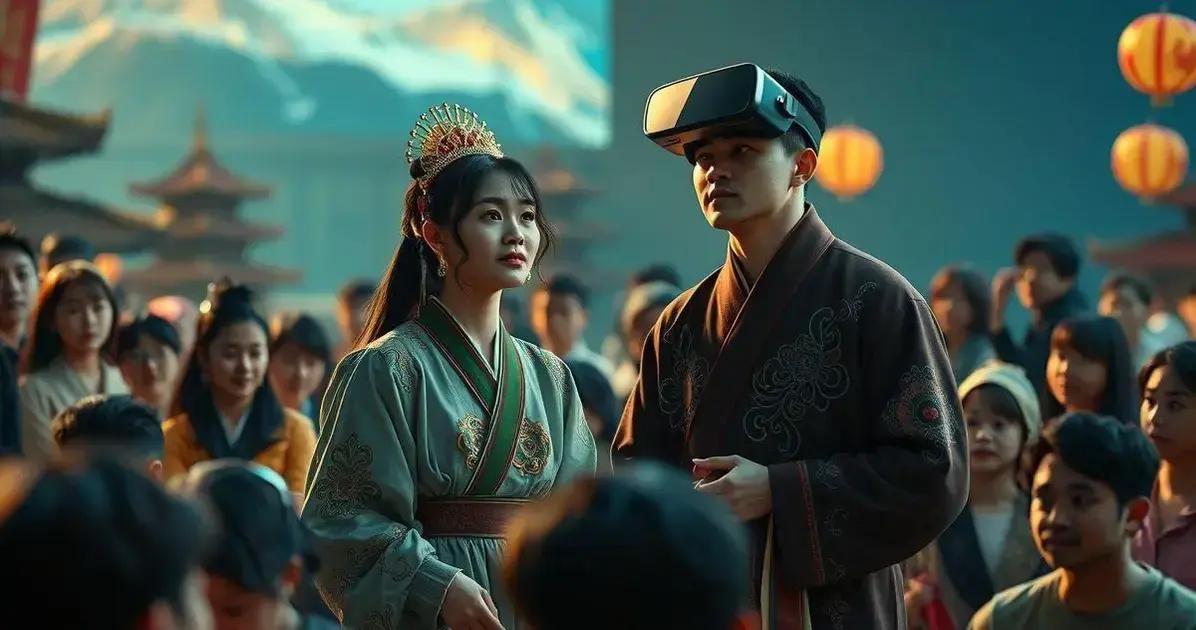
The **future of Asian dramas** is bright, with several exciting trends on the horizon. More diverse storytelling is emerging, reflecting a broader spectrum of cultures within Asia. This shift is likely to attract a wider audience, eager to explore varied narratives and characters.
One major trend is the rise of cross-cultural collaborations. Producers are increasingly partnering with teams from different countries, resulting in dramas that blend unique cultural elements. This collaboration fosters creativity and leads to fresher, more enriching content.
Technology and Viewer Engagement
Advancements in technology are shaping the future of Asian dramas. Virtual reality (VR) and augmented reality (AR) are starting to play roles in creating more immersive viewing experiences. These technologies allow viewers to engage with stories in innovative ways, making them feel like part of the narrative.
Streaming services are continuously expanding their reach, ensuring that Asian dramas are accessible to global audiences. With more personalized content recommendations, viewers can easily discover and enjoy a broader range of Asian dramas, tailored to their interests.
Sustainability and Innovative Themes
Future dramas may focus more on environmental and social issues, reflecting a growing global awareness. Storylines might include themes of sustainability, social justice, and technological ethics, resonating with modern viewers who value meaningful narratives.
Additionally, the trend of shorter, high-quality web series is becoming more popular. These bite-sized stories cater to the fast-paced lifestyles of younger audiences, providing entertainment that’s both engaging and easily digestible.
The evolving landscape of Asian dramas promises exciting and innovative content that continues to captivate audiences worldwide, aligning with the dynamic changes in global viewing habits.
Embracing the Magic of Korean Dramas
Korean dramas have undeniably captured the hearts of audiences across the globe. From their rich history to their present-day cultural impact, they offer much more than entertainment; they provide windows into diverse lifestyles and narratives.
The allure of K-dramas lies in their ability to tell engaging stories with universal themes, all while showcasing stunning visuals and advanced production techniques. As we look to the future, innovations in technology and shifts in storytelling promise to elevate the K-drama experience further.
Whether you’re drawn to the actors who bring these stories to life, the creative teams working behind the scenes, or the thought-provoking themes explored, there’s no denying the irresistible charm of Korean dramas. As these shows continue to evolve, they invite viewers worldwide to become part of an ongoing cultural journey.

